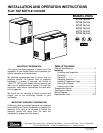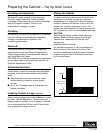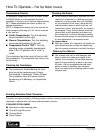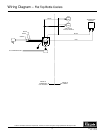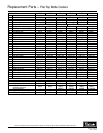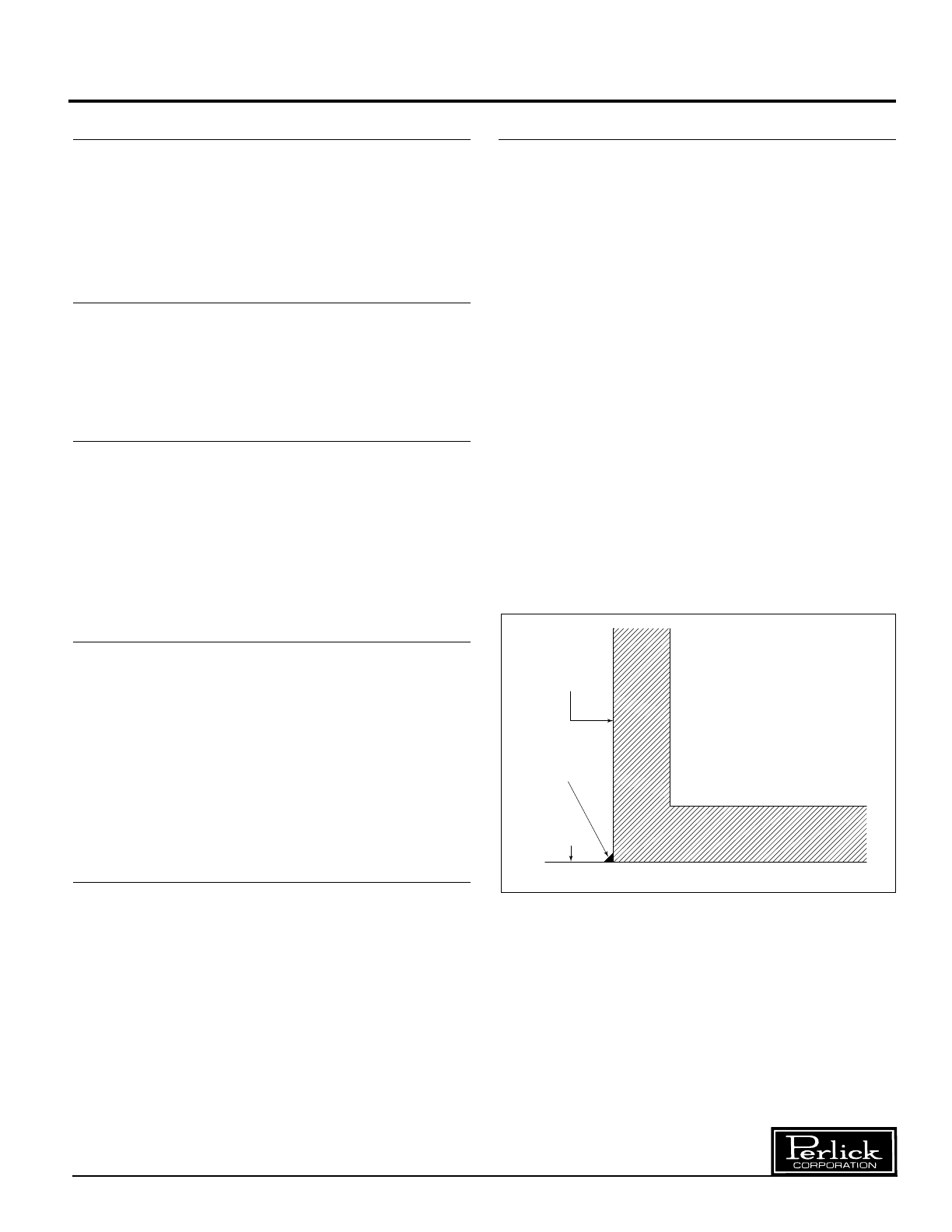
3
Perlick is committed to continuous improvement. Therefore, we reserve the right to change specifications without prior notice.
Preparing the Cabinet – Flat Top Bottle Coolers
Uncrating and Inspection
Remove all crating material before operating.
Carefully inspect cabinet for hidden damage.
If damage is discovered, file your claim immediately
with the transport company. Perlick is not
responsible for damage in transit.
Plumbing
No plumbing connections are required. Condensate
from the cooling coil automatically evaporated
through a condensate pan located in the
condensing unit section.
Electrical
The cabinet must be connected to a separately
fused power source (see Electrical Specification
Plate) and grounded in accordance with National
and Local Electrical Codes.
CAUTION: Do not attempt to operate the equipment
on any other power source than that listed on the
Electrical Specification Plate.
Adjustable Partitions
Perlick Bottle Coolers are provided with adjustable
partitions which will accommodate various bottle
sizes.
■ Remove bottles and cans from their cases
before placing in cooler to ensure proper
air flow.
■ On 2’ and 3’ models keep air intake open for
proper circulation.
Installing Casters or Legs (optional)
Attach casters or legs to the cabinet bottom in holes
provided. Use the supplied
1
⁄4”–20 hex head self-
tapping machine screws. If unit is tipped on its back
for an extended period of time, wait 24 hours after
unit is uprighted to plug the unit in.
Placing the Cabinet
To assure maximum performance, fresh air must
be allowed to circulate through the machinery
compartment. It is important to allow at least two
inches of clearance at the back or left end of the
cabinet. Do not place anything in front of the
cabinet that would obstruct air flow at these grilles.
Do not place the unit in an unventilated small room.
CAUTION:
Removing the factory installed back clearance
spacers without providing proper left side grill
clearance for compressor air flow will void
the warranty.
Cabinet should be leveled.
For sanitation purposes, it may be necessary to
seal the base of the cabinet to the floor. This
can be accomplished by laying a bead of silicone
sealant along the base of the cabinet as shown
by the figure below.
BEAD SILICON
SEALER (RTV)
FLOOR
CABINET
Form No. Z2219
Rev. 4.15.06



